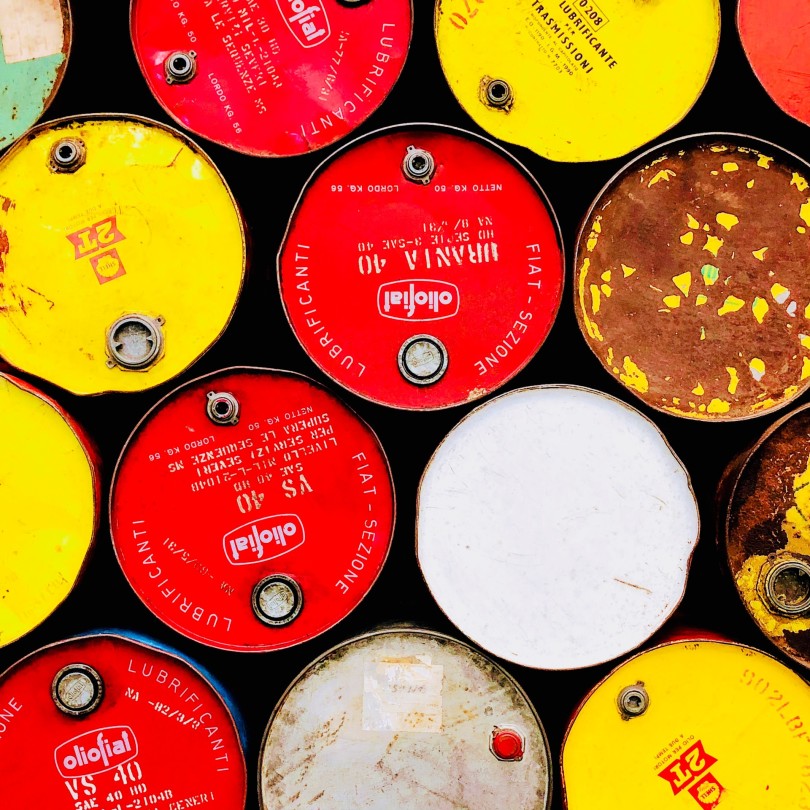Why Is the Gulf Attracting Climate Tech Businesses?
28 Jun 24
Enviro ChatThe Global News Source for the World of Science and Chemicals
10 May 2020
Chem Chat
e Organisation of Petroleum Exporting Countries (OPEC) and its partners finally came to an historic agreement to slash oil production outputs by an unprecedented amount last month. The accord followed a lengthy stand-off between OPEC and nations such as Russia, who shared differing opinions on how best to control the slump in oil prices exacerbated by the spread of coronavirus.
Although the OPEC+ agreement is reported to cover a cut of 9.7 million barrels of oil per day, experts say it will actually comprise around 12.5 million barrels. Alongside similar cuts from other nations not involved in the pact, the cuts are expected to amount to around a fifth of global supply capacity, although it remains unclear whether that will be enough to entirely offset the fall in demand precipitated by the ongoing pandemic.
Saudi Arabia, the biggest oil producing country within OPEC and Russia, the biggest oil producing country among OPEC’s partners, spent much of March locked in a price war. The former favoured slashing output in order to arrest the slide in prices that COVID-19 was causing, while the latter did not see further cuts as the solution to a problem that no one fully understood at the time.
Meanwhile, the world’s largest oil-producing country, the USA, cheerfully kept turning out significant supplies of the stuff, which eventually led to a huge surplus in reserves. With storage capacity across the globe quickly becoming exhausted, oil prices fell below zero for the first time in history. Quite simply, US producers were churning out the fossil fuel faster than it could be sold or stored, forcing them to pay traders to take it off their hands.
Just prior to this never-before-seen negative price rating of American crude oil, OPEC and Russia finally came to a belated agreement regarding their output. Together, they pledged to cut production by 9.7 million barrels per day, although the Saudi Energy Minister has since revealed that his nation’s output was actually higher than the previously agreed reference level. Similarly elevated levels of output in April were observed in the UAE and Kuwait.
As a result, the actual shortfall going forwards would amount to around 12.5 million barrels per day. For reference, the current global production capacity stands at approximately 82.9 million barrels per day, meaning the OPEC+ cut equates to around 15% of that figure. Alongside other forecast cuts from the USA and Canada (among other oil-producing powers not part of the OPEC+ agreement), it’s expected that as much as 20% of normal supply will be reduced in order to try and support prices. Whether or not the measures will be successful in the face of COVID-19 remains to be seen.
DOWNLOAD PDF

2 Day Seminar Program
@ ArabLab+ 2024
24 & 25 September 2024
Your stay in Dubai
Labkit
Product News
Chemkit
Product News
Thinking about exhibiting at ARABLAB 2024? Watch our video to find out more.
Join the world’s leading organisations…
Join our mailing list and receive the ARABLAB newsletter and event updates.